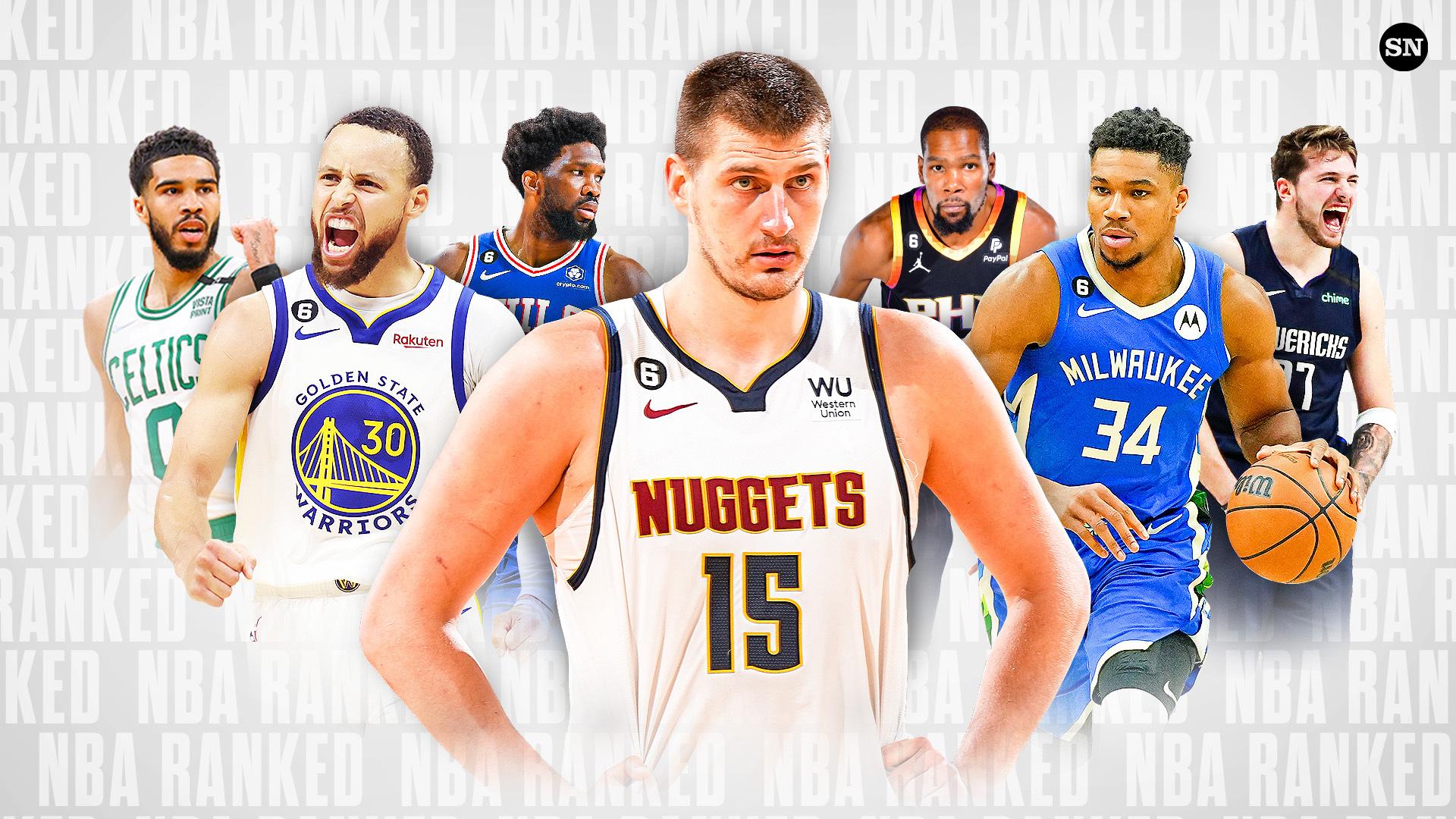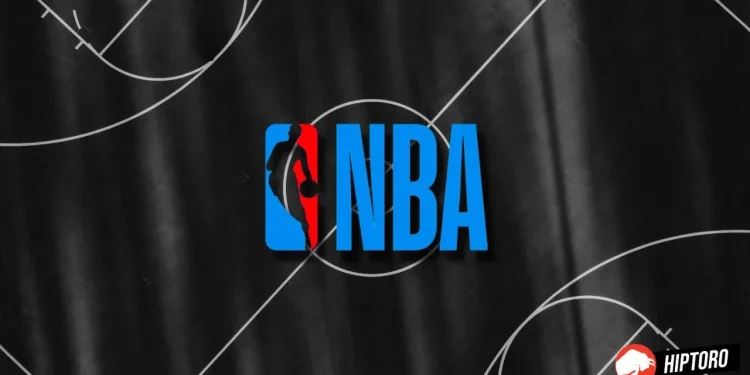The NBA is often synonymous with its astronomical player contracts, with figures soaring well into the millions, making every signing period a hotbed of headlines. However, beneath the surface of these eye-watering sums lies the reality for the majority of the league’s talent — a world governed by the minimum salary scale. In the upcoming 2023-24 season, this salary structure will once again come into play, shaping the financial landscape of the league and the lives of its athletes.

The Baseline for Basketball Earnings
The minimum NBA salary is a figure that’s not static; it’s a variable directly influenced by a player’s tenure in the league. The 2023-24 season will see rookies start at $1,119,563, while a player with ten or more years under their belt can command a minimum of $3,196,448. It’s a tiered system that not only rewards longevity but also ensures that players are recognized for their sustained contributions to the sport.
These numbers are not just digits on a contract; they represent a critical support structure within the NBA’s economic model. For teams, it’s a balancing act between investing in marquee names and ensuring they have the complete roster to compete — often leading to the utilization of minimum contracts that can span up to two years. A rare few might secure a five-year deal, but these are as uncommon as they are newsworthy.
The Strategic Play Behind Minimum Deals
Teams have a strategic incentive to sign veterans on minimum contracts, as the NBA assists in covering some of the costs for players with at least three years of experience. This not only encourages the presence of seasoned players within teams but also provides franchises the financial flexibility to build a more competitive roster. The caveat, however, is that while the league foots part of the bill, the total salary still impacts the team’s salary cap, keeping the financial playing field level.
Ant had something to say vs. GSW 😤 pic.twitter.com/ovqcfZNLtV
— NBA on ESPN (@ESPNNBA) November 13, 2023
The Real MVPs: The Underrated Stars of the Hardwood
While the spotlight often shines brightest on the highest earners, like Jaylen Brown with his over $40 million seasonal salary, the truth is the majority of NBA athletes don’t come close to those figures. Players like Denver Nuggets guard Ish Smith epitomize the silent majority of the league — those who provide value on the court while playing for the league’s minimum. These athletes are the unsung heroes, the backbone of their teams, and the heart of the league.

The Future is Bright and Competitive
Looking ahead, the minimum NBA salary is set to increase in tandem with the salary cap, ensuring that even the league’s minimum earners will see their wages rise. The expected salary bump is more than just a raise; it’s a reflection of the NBA’s growth and prosperity, as well as a nod to the players who contribute to its success on a daily basis.
In conclusion, while the minimum NBA salary might not grab headlines like the multi-million dollar deals, it’s a fundamental component of the NBA’s ecosystem. It ensures that all players are fairly compensated, allows teams to manage their rosters efficiently, and maintains a competitive balance within the league. As we gear up for the 2023-24 season, the minimum salary scale reaffirms the NBA’s commitment to its players, from rookies to veterans, underlining the league’s role as a leading example of professional sports compensation.










